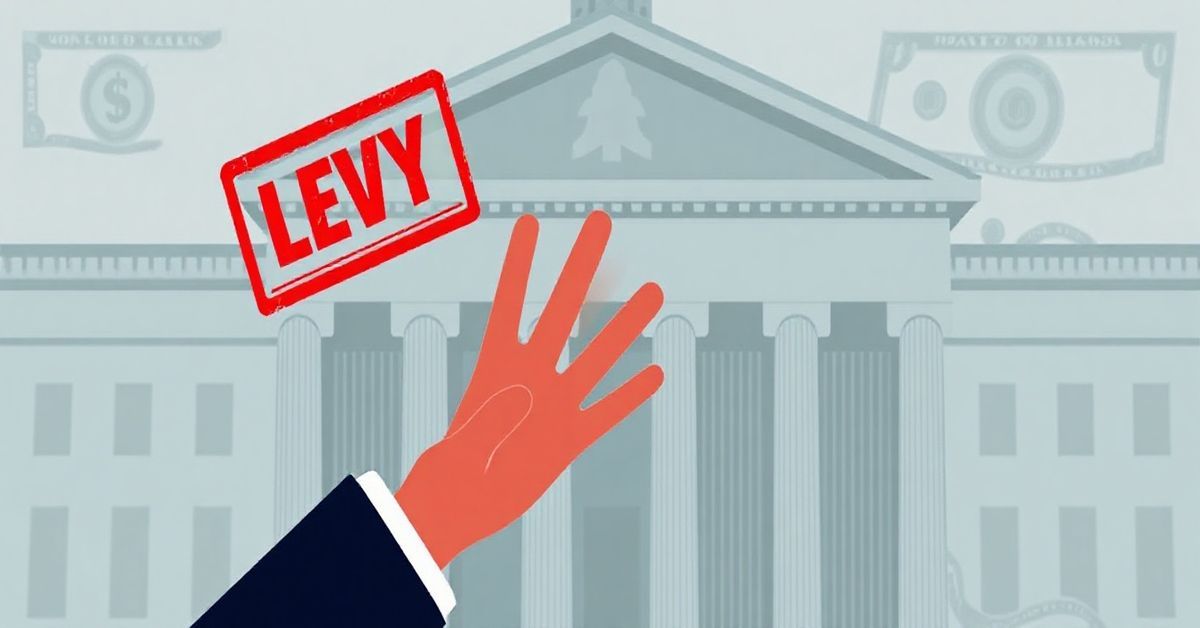Tax Levy
What Exactly is a Tax Levy and How Does it Impact You?
A tax levy is a legal action by the IRS to seize your property (like your bank account, wages, or other assets) to pay off your unpaid tax debt. It’s a way for the IRS to collect taxes you owe when you haven’t paid them voluntarily. The IRS will typically issue a Notice of Intent to Levy before they actually seize your property.

